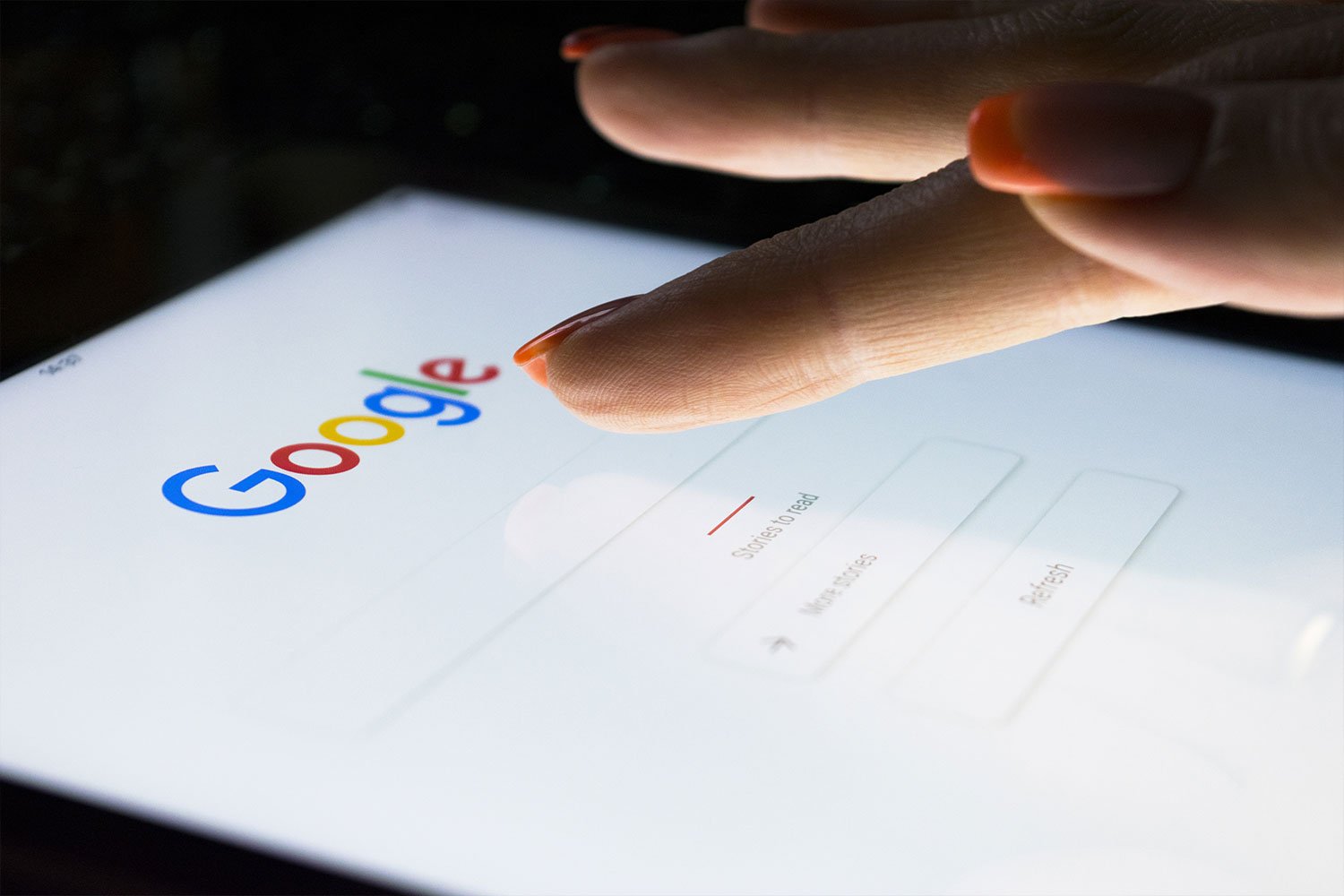With the restrictions created by COVID-19 during the last year, many food businesses have had to survive by finding new routes to market or adjusting their offers, resulting in new income streams. Although we’re now entering a period where lockdown is easing and some suppliers may revert back to previous business models, many of the changed routes to market are here to stay.
For those suppliers who are planning to continue with alternative supply channels, there’s now a need to focus on how said channels can be optimised and provide better customer experience, particularly using mobile devices. Whatever the future, the operating processes for food businesses will need to continue to be adaptable and agile.
But following a challenging year, investment is a concern together with the tangible benefits that will result, so any spend needs to be used wisely.
How can e-commerce help?

The impact of COVID-19 has generated some permanent changes to the way we buy food - alongside all the associated challenges of how to get food from the field to the door as efficiently as possible. The increasing use of e-commerce solutions helps address those challenges not just by making the channel more responsive, but also ensuring that the whole buying experience is easy, intuitive and aligned with any brand positioning.
Let’s discuss these key benefits of e-commerce in food in more depth…
Quality and integrity
The food industry is typically fast moving, with a focus on delivering quality and meeting continually changing regulations. As a result, suppliers within the sector must adhere to the necessary operational practices and legislative needs required to deliver safety and quality.
For example, you must avoid delivering products that have passed their expiry date or contain any contaminants.
The right e-commerce solution integrated with a system (such as ERP) allows all relevant information to be easily found via the front-end of a webstore. This ensures that all potential consumers can clearly see key information such as ingredients, inventory levels and expiry/delivery dates.
Now they can make informed decisions without any guesswork, avoiding potential risks before purchase or disappointed customers on delivery.
Efficiency and waste reduction
There’s a huge focus on reducing waste within the food industry, with an estimated 7.2 million tonnes of food and drink being thrown away every year in the UK. Some keys to this are having up-to-date and accurate information throughout the entire food chain and being able to measure this.
If you can link food stock levels and expiry dates to pricing, you can expose that quickly to customers to try and shift food produce for consumption before it passes its use date and is thrown away.
Simply having that information on a website is no good, but an e-commerce platform that can quickly and efficiently surface that information at customer order point (including pricing incentives to reduce the risk of disposal) helps:
- The supplier realise some revenue
- The customer getting additional value
- Reduce overall food waste
In addition, the growth in co and bi-products from potential food waste has grown. With an e-commerce solution, you can quickly potentially create additional revenue streams in those areas.
Adaptability

Traditional approaches to creating additional revenue streams can be quite cumbersome. For ease, businesses tend to revert to a single, repeatable process and experience for simplicity and time.
This approach doesn’t necessarily enhance the buying journey for a variety of different customers, and potentially can lead to lost sales. How can e-commerce platforms help? You can create different user channels and experiences online so experiences can be tailored quickly and easily depending on the customer type.
This means it’s easier for customers to purchase and leads to a greater likelihood of success than just having one single approach. To maximise these benefits, integrate with an ERP solution. Although the front end may vary, the back-end and delivery controls provided via the ERP system can be standard to enable the right efficiency gains.
Columbus is currently engaged with a number of food suppliers and has worked with the food industry for many years very much in the ERP space. However, with the capability to deliver effective e-commerce solutions, the opportunities are there to try and exploit some of the new revenue streams.
Some of the specific areas currently being addressed in food through e-commerce by Columbus include:
- Meeting the trend in food manufacturing to extend B2B and B2C capabilities and opportunities
- The ability to sell effectively to a variety of customer channels
- Provision of a common set of web pages rather than disparate systems
- Standardised templates to enable a common approach to order intake
- The ability to sell to high end hospitality as well as home delivery
- Mobile first
E-commerce solutions can provide benefits to many industry sectors. However, the food industry with its niche challenges (e.g. around quality and regulations) and changes accelerated over the last year, is well suited to use e-commerce to help drive additional revenue in potentially new streams.
The future of the food industry may not be 100% clear. But one thing is for certain - it will continue to change and evolve. So, successful players in the market will need to adapt and adapt quickly. E-commerce provides a tool to address that adaptability and the means to remain successful.
Ensure your food business adopts the right technology at the right time
An e-commerce solution isn’t the only technology food businesses like yourself can take advantage of. There’s AI, automation, self-checkouts, 3D printing…successfully implementing modern technology can help your business remain agile, despite the circumstances.
In our guide to technology adoption, we outline the technology you should know about and some tips on ensuring successful adoption throughout the business. Download it below.

